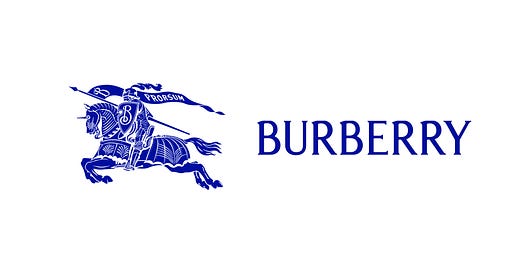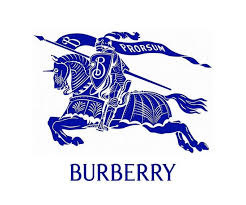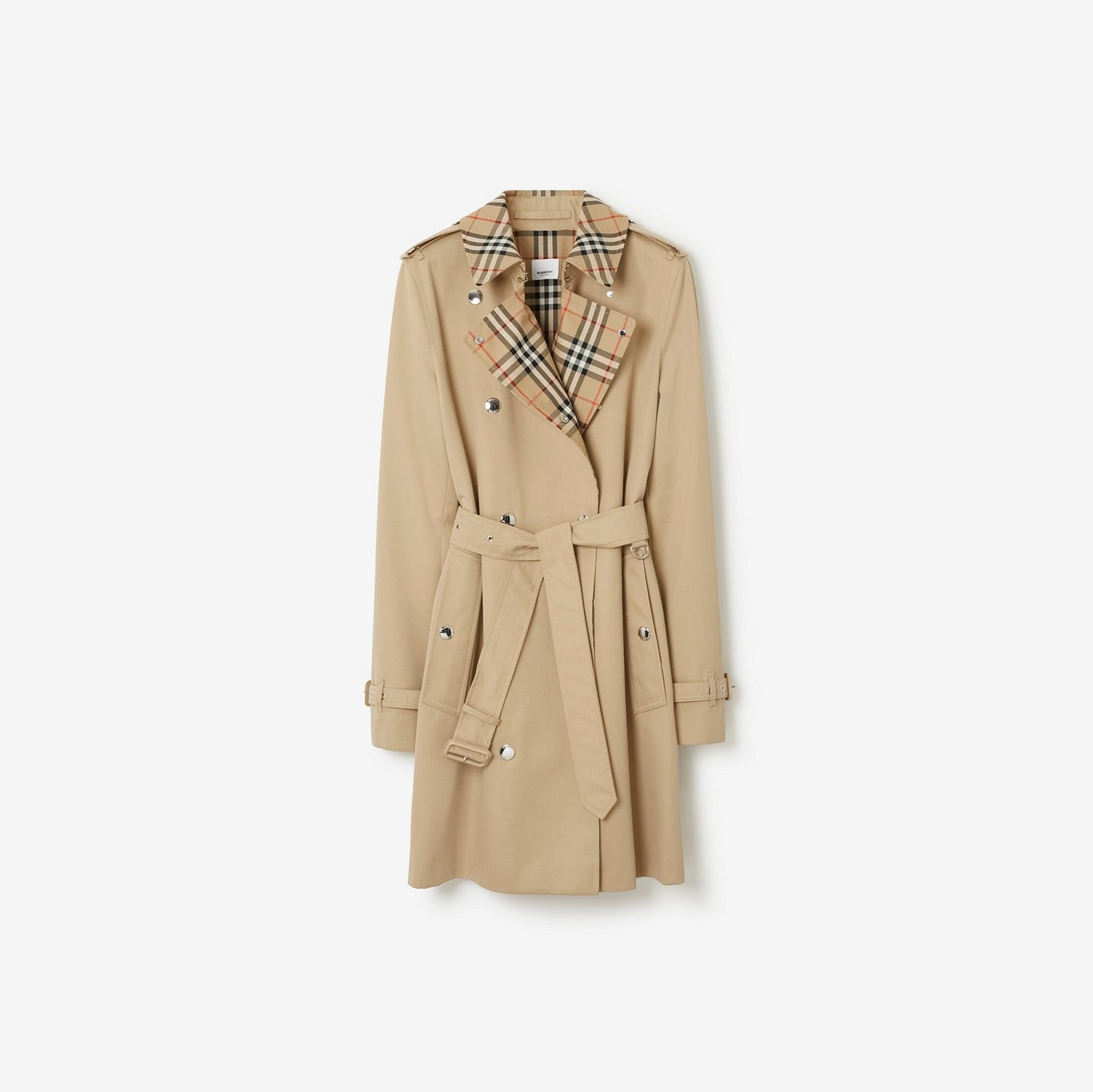Please see disclaimer at bottom of page - This report is not investment advice. Please do your own research
Introduction
A company I have always been greatly interested in is Burberry. As a young consumer, I admired its legacy trench coats and scarves as it appealed to my sense of fashion. As an investor, I always felt it was a brand that if operated by the right kind of management, could do wonders for shareholders. I remember analysing the stock back when it was trading at 2,609 GBX back in the Summer of 2023 and more recently after it took a nosedive due to a series of poor financial results.
To summarise why I always interested in the company as an investor, I will explain the plays I had in mind in the past 2 years. The brands timelessness that dates to 1856 seduced me when I first began covering the luxury sector. I felt Burberry was worth buying at a fair price as I believed it was positioned like LVMH and Hermes are. Once the downturn began, my interest rekindled it as I felt Daniel Lee could help the company appeal to high end customers after his success with Bottega displayed a strategy it could use for its trademarks in product categories like handbags which Burberry struggled in previously.
After the push to the top, I thought it could be an attractive takeover target for a luxury peer like Richemont, Kering or even LVMH or could even be purchased by a Private Equity (PE) firm. It generated sufficient free cash flow prior to 2023 and could have undergone a leveraged buyout if the entry price was attractive for any large PE player. Today, I am interested as I feel there is a turnaround on the cards that may actually generate takeover interest and/or return it to quality stock status.
History and Downfall
Generally, Burberry is a well-covered company. Everyone knows what it sells and its global presence. So, for the purpose of making an actionable investment report, I will touch upon information which people don’t know or is relevant to my investment case. With this in mind, it is important one looks at the history of the brand to assess the merits of the turnaround plan that was announced on November. 14, 2025. The company was founded in 1856 by Thomas Burberry who specifically focused on outdoor clothes. He noticed people struggled when wearing heavy and uncomfortable winter clothes and decided to create coats solving both these problems. It soon became synonymous with the British Elite and covered soldiers during both World Wars. Its Gabardine style was very popular and made it a leader in technical innovation with customers valuing its quality and comfort. As a result, Burberry became synonymous for its quality, durability, quintessential British luxury offering.
The Nova Check was introduced in 1967 when Jacqueline Dilleman who was visiting the Paris store was preparing a presentation for the British Ambassador, Sir Patrick Reilly. According to Burberry, she removed the check lining from a coat and used it to wrap luggage and create an umbrella cover. As a result, the check was born. Soon the check became a class symbol with British Royalty and Aristocrats wearing it often. The company began to expand globally between the 1920s and 1970s where it became a luxury brand that wanted to dress everyone. It was this strategy which planted the seeds for its new millennium downfall.
The company decided to prioritise growth using elements of its brand over sustainable growth optimised by scarcity. It began to license check pattern and the brand name across the world. The market for Burberry goods began to become over saturated and cracks began to emerge in its identity. The iconic check lining was used in cheaper product lines like clothes and wallets. Customers felt it was overused and by the early 2000s, the trademark was severely damaged. Chav culture in the UK adopted the check lining. For those based outside of the UK, Chavs are known anti-social class youth who prefer wearing sports clothing. These were customers became synonymous with excess and tastelessness.
To revamp the brand, Rosemario Bravio was appointed as CEO and Christopher Bailey was appointed as Chief Creative Officer in 2009. Burberry enjoyed a revival as the management team phased out the check pattern. They returned to old British luxury and focused on the iconic Trench Coat and Scarves. Christopher Bailey was made CEO in 2013 and is credited for improving the in-store experience. He masterminded the design of Burberry’s largest store, 121 Regent Street in London which opened in 2012. Bailey who was a great Creative Director, lacked the commercial acumen needed for a CEO was replaced in 2017 by Marco Gobetti who brought in Ricardo Tichi as Creative Director.
Tichi’s impact arguably created the basis for the problems the great brand faces today. He led a dramatic shift to streetwear to attract younger more experiential customers. The strategy did not land well with the older customers who formed the core of Burberry. Tichi was arguably too bold for the older customers who did not want to deviate from its legacy. Some argue that Tichi was doing the right thing by modernising the brand and should have been given more time by then CEO Jonathan Ackelroyd. This would have helped improve the image in the eyes of younger customers who perhaps did not resonate with Old Burberry.
Aside from design, the company faced commercial problems. After the departure of Tichi, Daniel Lee was appointed from Bottega to push the company upwards in the space of Hermes and Chanel. In such a space, one can’t afford to discount or lower prices as it goes against the laws of luxury. By doing such actions, the brand is seen as chasing customers when it should be the other way around. The management began to discount items and lower prices on goods to boost short term sales in struggling markets like China and Asia. This damaged brand equity further and is why the share price is where it is today.
Keep reading with a 7-day free trial
Subscribe to Saadiyat Capital to keep reading this post and get 7 days of free access to the full post archives.






